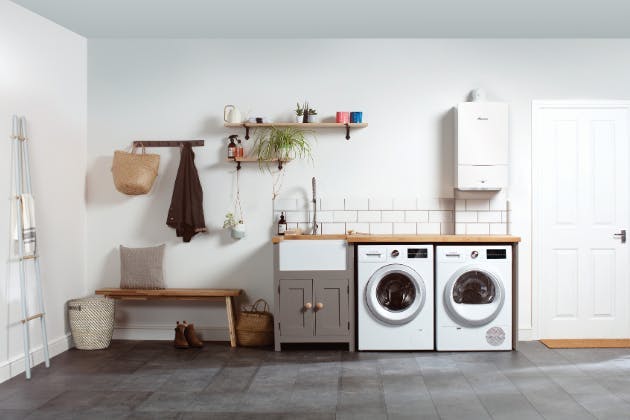Many homes turn their boilers back on following a summer break as temperatures drop. Though simple, this process needs careful attention to guarantee effective and safe functioning during the winter.
Turning your boiler back on the following summer is not about turning on a switch. It consists of numerous steps to avoid frequent problems resulting from extended inactivity. From regular maintenance to gradual reactivation, every action is essential for the performance of your heating system.
This thorough guide will walk you through the crucial stages of turning your boiler back on.

How to Safely Turn Your Boiler Back On After Summer
Annual Boiler Service
Before firing up your boiler after summer, it's important to have it serviced by a Gas Safe registered engineer. This annual maintenance isn't just a box-ticking exercise; it's a vital safety and efficiency check. The engineer will inspect all components, clean essential parts, and identify any potential issues that could lead to breakdowns or inefficiencies during the colder months.
A boiler service during the winter is particularly beneficial as it allows enough time to address any problems before the winter begins. This proactive approach can prevent unexpected failures when you need your heating most and potentially save you money on emergency repairs.
Gradual Restart of the Boiler
If you haven't used your boiler throughout the summer, it's wise to restart it gradually. Ideally, you should fire up the boiler once or twice a month during the warmer months to prevent debris buildup and keep all components in working order. This practice helps identify any issues early on, giving you time to address them before winter
If you've neglected this summer maintenance, don't worry. Start by running your boiler for short periods in the weeks leading up to autumn. This gradual reintroduction helps ease the system back into operation and allows you to spot any problems before you're reliant on the heating.
Bleeding Your Radiators
After a period of inactivity, air can become trapped in your radiators, leading to cold spots and reduced efficiency. Bleeding your radiators is a simple yet effective way to ensure optimal performance.
To bleed a radiator:
- Turn off your heating system and allow it to cool completely.
- Locate the bleed valve at the top corner of the radiator.
- Place a cloth or container beneath the valve to catch any water.
- Use a radiator key to slowly turn the valve anticlockwise until you hear a hissing sound.
- Once water begins to trickle out, close the valve.
- Repeat for all radiators in your home.
Remember to keep thermostatic radiator valves open during summer to prevent them from seizing up.
Avoiding Sudden Temperature Increases
When restarting your heating system, resist the temptation to crank up the thermostat immediately. Sudden temperature increases can put unnecessary strain on your boiler and waste energy. Instead, increase the temperature gradually over a few days.
Start with a modest setting of around 18°C and increase it by 1°C each day until you reach a comfortable temperature, typically between 18-21°C. This gradual approach allows your system to adjust and helps identify any issues that might arise during the restart process.
Get in touch with expert heating engineers in Dagenham, Romford and Hornchurch
For more information on how we can help with your boiler, get in touch with us by calling us on 08000282031 and we'll be happy to help.

